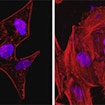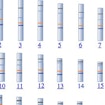
SFARI’s chief scientist, Gerald Fischbach, provides an overview of what we know and what we need to learn about autism and related developmental disorders. We hope this article will serve as a valuable resource for experts in autism research and also as a helpful guide for those just entering the field.






